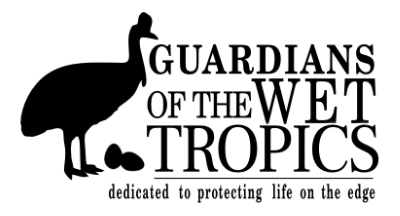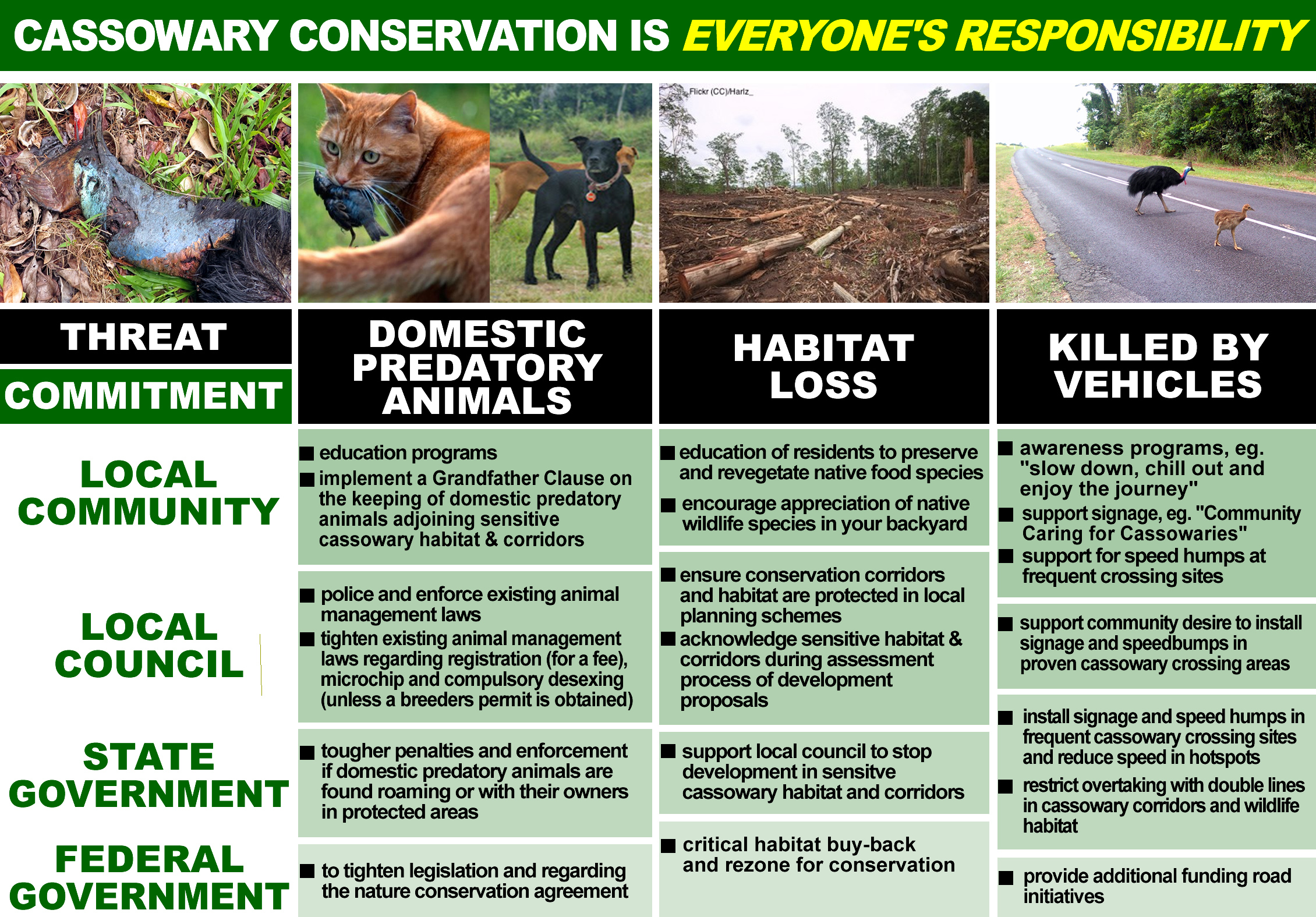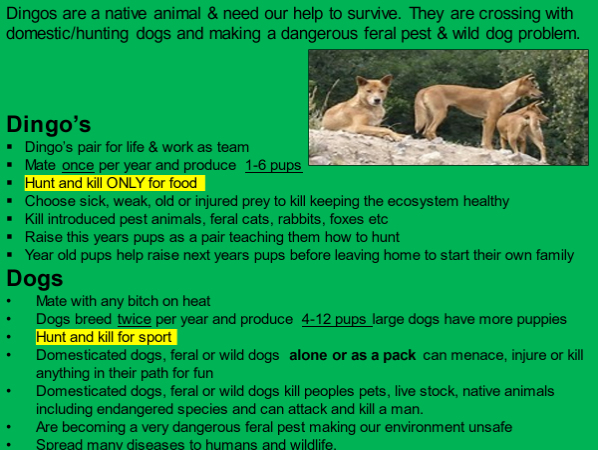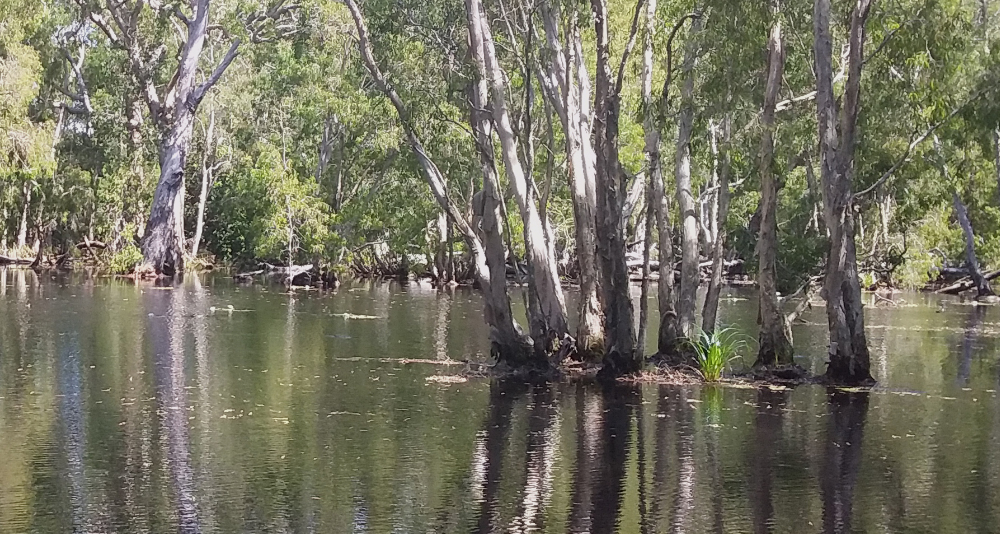
Responsible pet ownership
Cairns Regional Council- MEDIA RELEASE
Increase in dog attacks and barking complaints
Published: 14th July 2021. (Note: information was correct at date of publication but may have since been changed or superseded.)
Animal management officers responded to 7489 animal related complaints over the past year, compared to 8130 in the previous 12 months.
However, there were 684 dog attacks reported in the 2020-21 financial year, a 35% increase on the previous financial year (507).
There was also a 42% increase in barking complaints over the past 12 months, with 1183 in 2020-21 compared to 833 in 2019-20, an increase of 14% in fines issues (533 in 2020-21 compared to 467 in 2019-20), and a 77% in after hour calls (2145 in 2020-21 compared to 1211 in 2019-20).
Wandering dog complaints were down 21% in the past 12 months.
Council rehomed or returned 776 pets to their owners in the past 12 months, with 1104 dogs and cats cared for at the animal management facility.
Council has allocated an additional $500,000 in this year’s Budget to expand its animal management capacity.
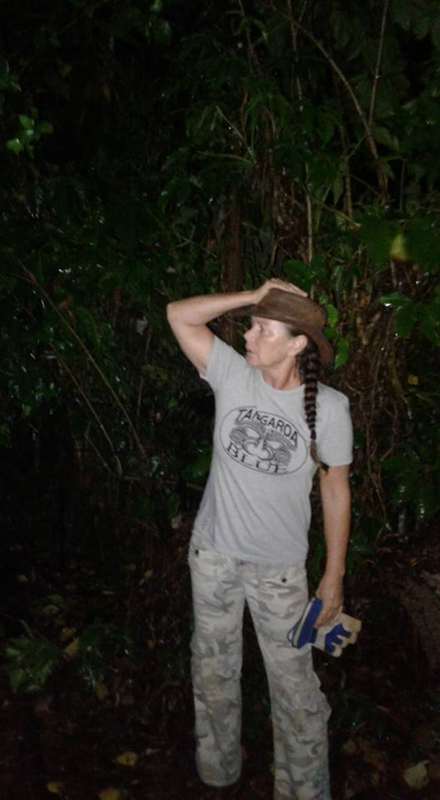
Not all search and rescues of cassowaries end in a positive outcome.
There is a growing threat to many wildlife species, particularly those listed as threatened or endangered from the impacts of dogs. With dogs now been recognized as a listed one of three threatening processes to cassowaries’ future survival; we are gravely concerned with threats posed by landholders on residential, rural/residential, or rural properties with a ‘fashion’ of owning large, bodied dogs or multiple dogs that can form packs.
State Law requires fencing to keep dogs contained and when living adjourning protected areas does have negative impacts on native wildlife. Dogs barking, menacing, and chasing in play can be seen as life threatening to native wildlife who will not feel safe to feed or breed close to these threats. You can unwittingly miss out on much of the joy of experiencing wildlife encounters in your back yard.
There is also a growing trend of owning large, bodied dogs who are breed and taught to pigs’ hunt for sport. Not all these dogs are taught correctly, kept under effective control and some become lost in the rainforest on the hunt. This is a disaster for wildlife and many threatened species. With cassowary chicks being separated from the male often these chicks will perish.
The Wet Tropics bioregion boasts some of the most picturesque coastal beaches in the world! Many communities have walking access to beaches and there are beaches designated for domestic dogs. Outside of these designated areas, beaches provide habitat and nesting sites for local and migrating bird species.
Responsible dog ownership in your backyard, Guardians of the Wet Tropics / Cassowary Keystone Conservation
Dogs in backyards
Did you know cassowaries are much like a chook?
- They sleep on the ground at night.
- Have no night vision and will not move or flee if disturbed.
- Have fast twitch muscle fiber, so can run and fight (if in day light) for a very short time before they are spent and collapse.
Domesticated Dogs
- Can run day or night using their eyes, ears and nose which are exceptional.
- Have slow twitch muscle fiber, so can run for hours and panting keeps them cool
- Can chase or kill for sport not food
- Can hunt alone or in a pack
- Have potential to kill a man
Cassowaries involved in a car strike are usually significantly injured and the bird generally can not move far from the incident site. It is very important if the bird is male, that a quick response time is activated to rescue any chicks that may be in hiding in the forest edge.
When roaming dogs chase cassowaries they flee deep into the forest and will look for thick dense rainforest or vine thickets to seek protection from the threat. Chicks not able to be defended are left behind and often perish. To track and search for cassowaries or the problem dogs after an event is near impossible in the rainforest. So often the injured birds die a slow agonizing death. This is totally avoidable with responsible dog ownership.
As Guardians we care about the edge effect created by properties adjoining native habitat. Of particular concern are properties within the State Listed Biodiversity Corridors (SBC) that stretch in (blue) ribbons on maps across the Wet Tropics Bioregion. We are working with the Cassowary Recovery Team and FNQROC to design new developments and include buffer zones to be listed as domestic predatory animal (dog and cat) free zones. (EPBC Act policy statement- Significant impact guidelines for the endangered southern cassowary)
State Animal Management Act
- All dogs must be registered.
- All dogs and cats must be microchipped and if entire with a breeder’s identification number
- All dogs must be effectively kept under control and contained within a fenced enclosure
Note: this does not mean you must fence your large rural property, just contain your dog in a ‘house yard’
